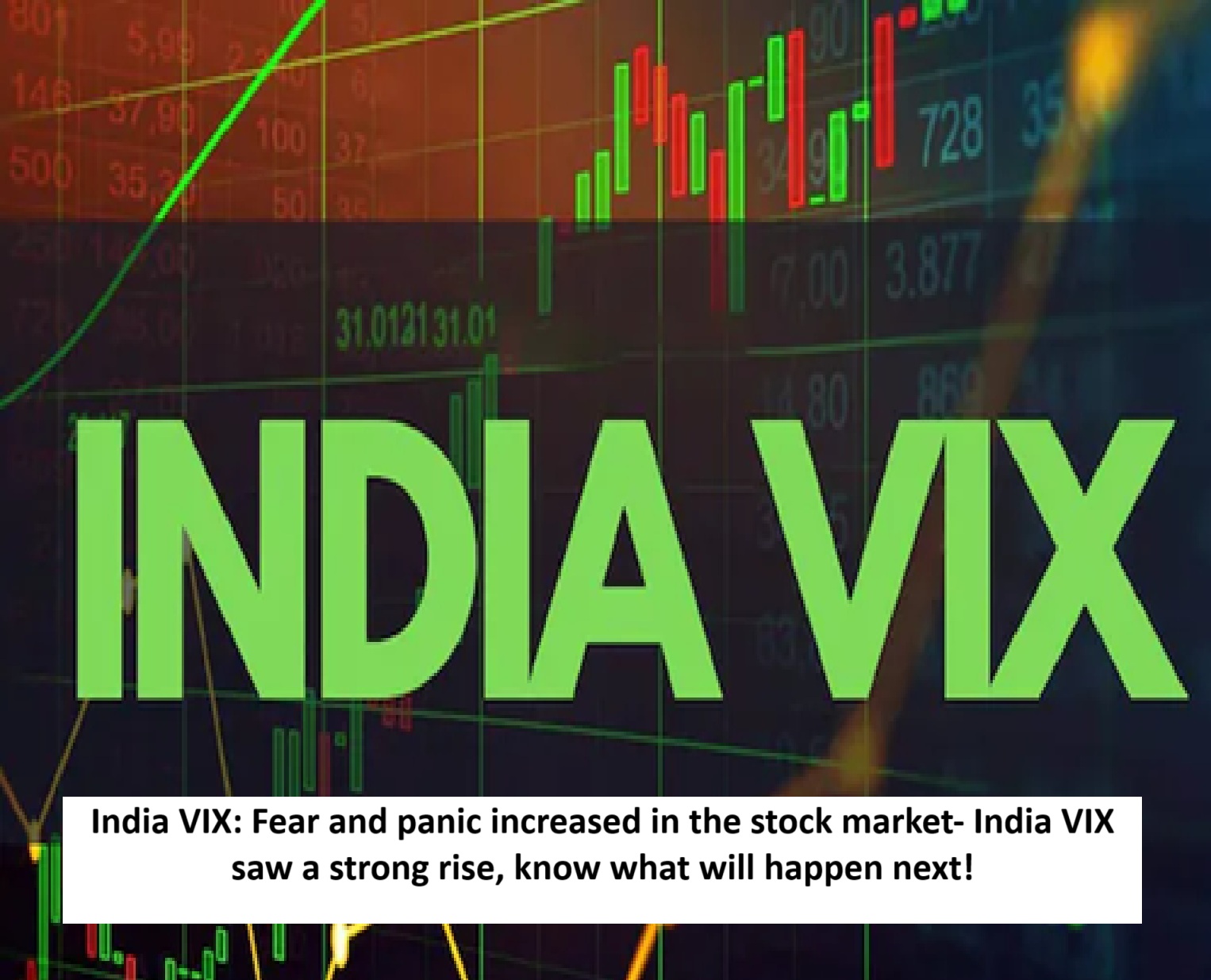
News Topical, Digital Desk : The impact of the growing geopolitical tension in West Asia is now clearly visible on the movement of the Indian stock market. India's volatility index (India VIX) rose by 5% on June 23, indicating that investors are now more apprehensive about the direction of the market. However, this rise is still below the high level (15.08) of June 13, when Israel first attacked Iran's military and nuclear bases.
Why does the rise of VIX increase panic-
India VIX is also called the "index of fear". When it rises, it means that uncertainty is increasing in the market and investors are nervous. Why fear and panic this time? On June 22, America bombed three nuclear sites of Iran. President Trump warned of talks with Iran and even talked about 'regime change' on social media. This has created fear in the market that this conflict will deepen, especially regarding the Strait of Hormuz. This sea route of Strait of Hormuz is the source of supply of 20% of the world's crude oil. If Iran closes it or there is an obstruction in it, then oil prices and shipping rates can increase rapidly. Currently, Brent crude prices have reached close to $80 per barrel.
What is the condition of the stock market? On June 23, Nifty 50 fell by about 1% to below 25,000. Along with IT and banking shares, there was a big decline in those companies which are sensitive to crude oil prices.
What will happen next ? Sunil Vaswani, Executive Director of Container Shipping Association, says that this situation will not be very harmful for India because Indian ships had already started looking for alternatives to the Red Sea. If the Strait of Hormuz closes, the impact will be global. Kotak AMC MD Nilesh Shah told CNBC Awaaz that domestic factors have dominated the market so far, but geopolitical tensions seem to be increasing. Investors should focus on India's growth story. Shrikant Chauhan of Kotak Securities told Moneycontrol that Nifty is currently between 24,700 and 24,900. If it goes below 24,700, the decline may increase and it may slip to 24,500. If it goes above 24,900, then it can go up to 25,050.
How has India VIX been so far? Despite several major developments in 2025, the VIX has not seen a major uptrend. April 2: Trump announces reciprocal tariffs. India's 'Operation Sindoor' after the Pahalgam terror attack and now the Iran-Israel conflict - yet, YTD (since the beginning of the year) India VIX is down 2% and remains at yearly lows. Though the threat of war in West Asia and the surge in oil prices have jolted the market, investor panic is currently under control. India's enduring economic strength and domestic demand are currently holding the market in balance. But if the Iran-Israel conflict deepens or the Strait of Hormuz is impacted, a fresh surge in the VIX is possible - and then the market could see a major upheaval.
Read More: Vodafone Idea Share: Why did the telecom company's stock see a rise of more than 5%?
--Advertisement--

 Share
Share



